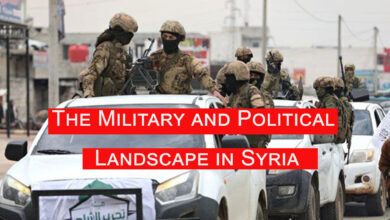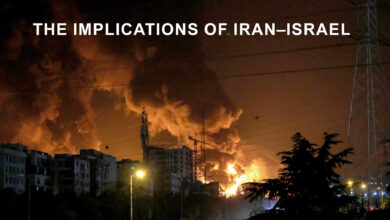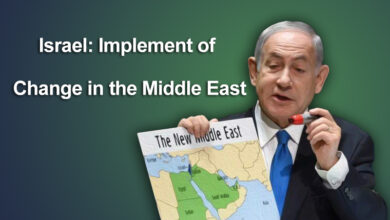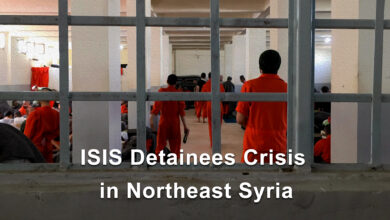The struggle for influence between Russia and Ukraine
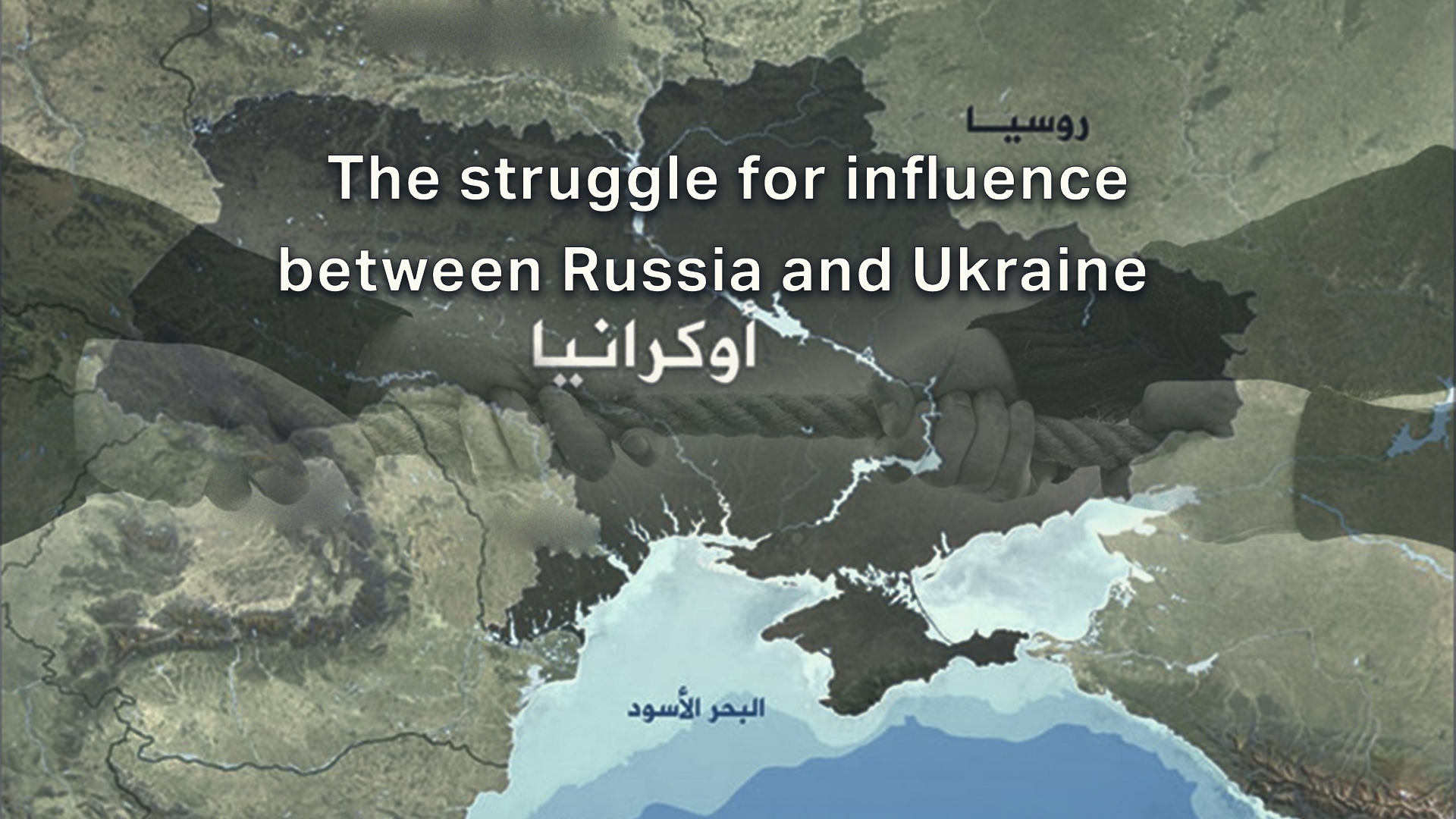
Relations between Russia and NATO are strained in many files such as the espionage or interference in elections, the withdrawal of ambassadors and the downsizing of diplomatic missions, or the issue of the Crimean Peninsula and Russian control over it, which led to a significant halt in the communication between the two sides, Moscow and the NATO, and the occurrence of a stalemate in relations, especially at the level of bilateral cooperation, according to Jamie Shea, a former NATO official.
This crisis has exacerbated with Russia mobilizing nearly 100,000 soldiers on its border with Ukraine, where the Ukrainian crisis is one of the most tense files between Russia and Ukraine supported by NATO.
Ukrainian Defense Minister Oleksiy Reznikov announced that Moscow has mobilized more than 94,000 soldiers near the borders and are ready to respond. Russia’s mobilization of its forces on the Ukrainian border, according to the Russian vision, is that it is capable of influencing the EU and NATO, taking advantage of its victory in the expulsion of the Crimea from Ukraine and its annexation of Russian lands, and the absence of a clear and strong response from NATO and the EU, which only imposed some economic sanctions on it. The non-recognition of the annexation of Crimea despite the fact that Russia held a referendum in it, and some differences among NATO members such as the United States’ demand for European members to increase defense spending to 2% of GDP – and the desire of the United States to reduce the number of its forces in Germany, which ended with US President Joe Biden’s announcement to suspend any planned withdrawal of the US forces from Germany – the S-400 deal between Turkey and Russia, the US disputes with Germany regarding Nord Stream 2 and other outstanding issues. Russia also has ambitions in Ukraine, as it is trying to control parts of Ukraine, especially the Donbas region, as it did in the Crimea, or at least protect its loyalists in the Donbas. There is also Russia’s concerns related to its national security, from the expansion of NATO near its territory and Ukraine’s desire to join the European Union and NATO, as the latter helps it enhance its military capabilities and provides it with modern combat systems, in addition to NATO’s exercises near the Russian borders, and drones provided by Turkey to Kiev, which uses against the Russian-backed opposition in eastern Ukraine, and Moscow accusing Kiev of not implementing the Minsk Agreement, which provides for an end to the war in Donbas.
In the midst of this scene, unprecedented statements were released to the extent that the world had not witnessed since the end of the Cold War and the collapse of the Soviet Union. The Secretary-General of NATO warned of the repercussions of the threats and the Russian military build-up and the price that Russia will pay if it resorts to force against Ukraine. The Washington Post also obtained assurances from US officials that the Kremlin is working to launch a multi-front attack on Ukraine as soon as possible, and approximately 175,000 soldiers will participate in this attack. On the other hand, the Russian Defense Minister said that the American bombers were trained to launch a nuclear strike on Russia from two different directions. All this comes within the framework of escalating the situation and reaching the edge of the abyss, between Ukraine and Russia.
Through this vision, dealing with the Russian challenge requires NATO to set priorities, because Europe is the main theater of confrontation between East and West, and poses a less serious challenge to US interests. Therefore, Europe does not want any war at a time when most European countries are heading to improve their economies and get out of the Covid-19 crisis, which affected their economy greatly.
In this context, the scenarios of the Ukrainian crisis will move towards:
- An escalation and tension in an attempt by both parties to influence the other, the existing complications and the intertwining of controversial files and previous conflicts affect the current scene, so the possibility of a wide war on the Ukrainian geography is out of the question, but it is possible that military provocations will occur, in addition to activating each party (Local actors) opposing the other side, “Donbas, Caucasus”… In this regard, Turkey constitutes one of Europe’s strong pressure cards, as it ensures that the Caucasian Mujahideen do not attack Russia and concludes huge commercial contracts with Russia, as well as a guarantee of stability in the areas of Russian influence.
- Negotiations took place between Moscow and the West to end the crisis, such as Kiev’s implementation of the Minsk Agreement, stopping supporting Kiev with weapons, and removing NATO from its borders, in exchange for the Russian withdrawal. In this proposal, Biden rejected any Russian red lines to end the crisis.
Through this view, the goals differ between both parties. Russia is trying to protect its national security, push the alliance away from its western borders, control and annex the areas that support it, or preserve its supporters in its neighboring countries, “Ukraine”. It does not want to engage in an open war that affects it politically, economically and militarily. On the other hand, NATO and the European Union fear Russian expansion and control over parts of Eastern Europe, such as the Crimea, while wanting to lure it into the Ukrainian quagmire. Therefore, the Ukrainian crisis may continue during the next stage and may worsen unless they sit down to the negotiating table and reach solutions that end the state of tension between the two parties.
